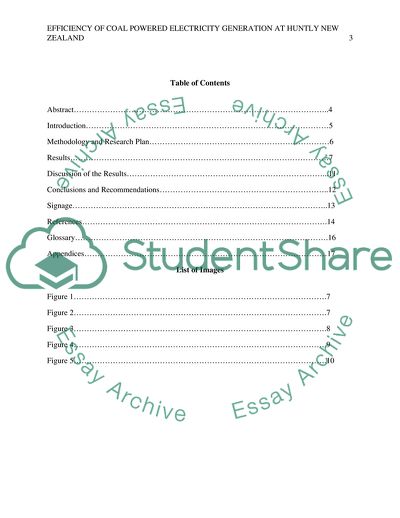Cite this document
(Coal Powered Electricity Generation at Huntly Power Station in New Case Study Example | Topics and Well Written Essays - 2750 words, n.d.)
Coal Powered Electricity Generation at Huntly Power Station in New Case Study Example | Topics and Well Written Essays - 2750 words. https://studentshare.org/engineering-and-construction/1768500-how-efficient-is-coal-powered-electricity-generation-at-huntly-power-station-in-new-zealand
Coal Powered Electricity Generation at Huntly Power Station in New Case Study Example | Topics and Well Written Essays - 2750 words. https://studentshare.org/engineering-and-construction/1768500-how-efficient-is-coal-powered-electricity-generation-at-huntly-power-station-in-new-zealand
(Coal Powered Electricity Generation at Huntly Power Station in New Case Study Example | Topics and Well Written Essays - 2750 Words)
Coal Powered Electricity Generation at Huntly Power Station in New Case Study Example | Topics and Well Written Essays - 2750 Words. https://studentshare.org/engineering-and-construction/1768500-how-efficient-is-coal-powered-electricity-generation-at-huntly-power-station-in-new-zealand.
Coal Powered Electricity Generation at Huntly Power Station in New Case Study Example | Topics and Well Written Essays - 2750 Words. https://studentshare.org/engineering-and-construction/1768500-how-efficient-is-coal-powered-electricity-generation-at-huntly-power-station-in-new-zealand.
“Coal Powered Electricity Generation at Huntly Power Station in New Case Study Example | Topics and Well Written Essays - 2750 Words”. https://studentshare.org/engineering-and-construction/1768500-how-efficient-is-coal-powered-electricity-generation-at-huntly-power-station-in-new-zealand.


